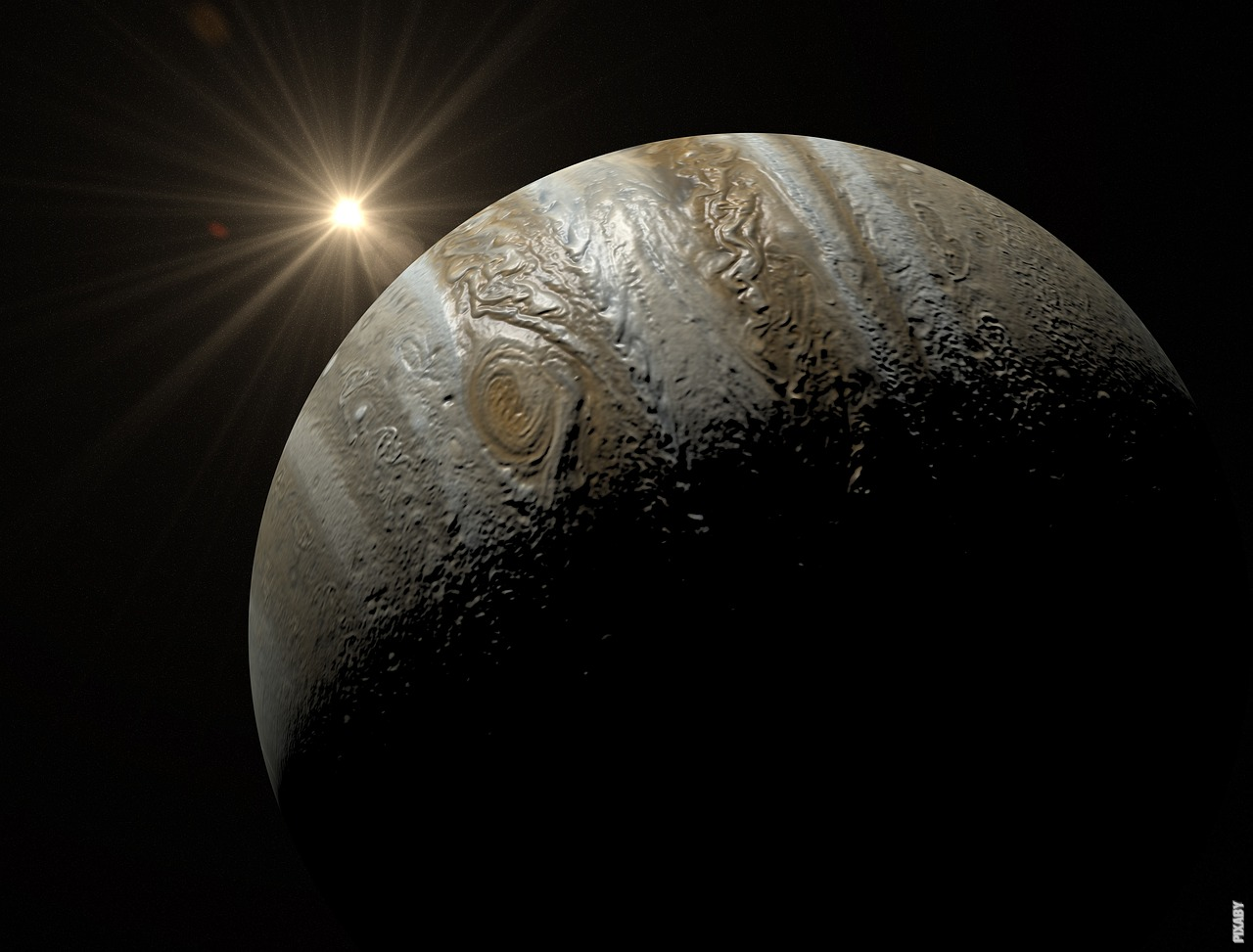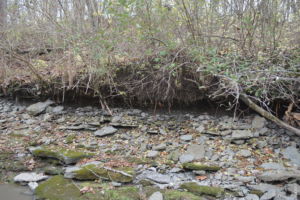The Birth of Stars
Stars, those mesmerizing celestial bodies that illuminate our night skies, have a fascinating process of formation that often leads to the creation of planetary systems. It all begins in the vast regions of interstellar space, where clouds of gas and dust, known as nebulae, exist.
Within these nebulae, disturbances such as supernova explosions or the gravitational pull of nearby stars cause the gas and dust to collapse under their own weight. As a result, the cloud begins to shrink and spin, forming a rotating disk shape.
A Stellar Nursery
The collapsing cloud forms what astronomers call a protostar, a dense core of gas that will eventually become a star. At this stage, the protostar is surrounded by the remaining gas and dust from the original nebula. This disk of material, known as a protoplanetary disk, is crucial for the formation of planets.
Inside the protoplanetary disk, small particles of dust collide and stick together, forming larger and larger objects known as planetesimals. These planetesimals continue to grow through a process called accretion, in which they accumulate more and more material as they collide with other planetesimals.
Planet Formation
As the planetesimals grow, they begin to exert gravitational forces on each other. This leads to the formation of planetary embryos, protoplanets that continue to sweep up more material in their orbits.
Over millions of years, these protoplanets continue to grow, colliding and merging with other protoplanets until they reach a size where their gravity is strong enough to pull in gas from the surrounding protoplanetary disk. This gas, primarily composed of hydrogen and helium, allows the protoplanet to become a gas giant.
Building Rocky Worlds
While gas giants form in the outer regions of the protoplanetary disk where gas is abundant, closer to the star, the heat and radiation make it difficult for gas to condense. Instead, rocky planets begin to form through a process called core accretion.
Small dust particles in the inner regions of the protoplanetary disk collide and stick together to form planetesimals, much like in the outer regions. However, these planetesimals have a higher concentration of heavier elements like iron and silicates, which allow them to grow into rocky protoplanets.
Over time, these rocky protoplanets continue to collide and merge, gradually building up their size and mass. Some may even undergo volcanic activity or experience impacts that shape their surfaces.
The Final Stages
As the protoplanetary disk dissipates, the star at the center enters its main sequence phase, where it begins to generate energy through nuclear fusion. The remaining gas and dust in the disk either gets blown away by the stellar wind or falls onto the star.
At this point, the planetary system is left with a collection of planets, moons, asteroids, and comets. Each planet carries a unique set of characteristics influenced by its distance from the star, composition, and history of collisions.
So, the next time you gaze up at the night sky and wonder about the countless stars, remember that each one has the potential to give birth to its own planetary system. A cosmic dance of gas, dust, and gravity that shapes the worlds we continue to explore and marvel at.
Post



